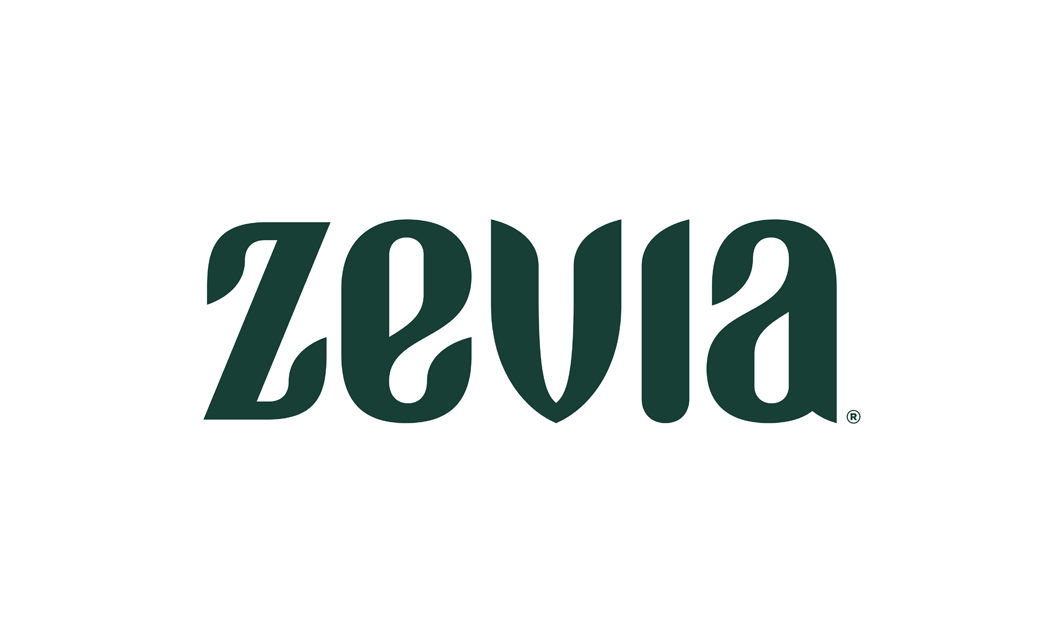Executive Leadership Lessons: Navigating Change with Confidence
When Neil Nersesian joined Michael Bitar on Cracking the Code, the conversation wasn’t about buzzwords or playbook leadership. It was about the real work of building companies, guiding people through change, and doing it with clarity, candor, and a deep sense of responsibility.
With over 30 years of operational leadership experience—including Anheuser-Busch, Pabst, Lagunitas, and now Silver King Beverage—Neil’s career has been shaped by constant evolution. But what stood out in the conversation wasn’t just what he’s done. It’s how he thinks about leadership: honest, iterative, and grounded in reality.
Here are a few takeaways that expand on that discussion—insights any executive can use when building teams, navigating transitions, or simply trying to get better.
Iteration Over Transformation
We talk a lot about “transformation” in business. But Neil is quick to challenge the word itself. Why? Because it implies control, and most big shifts don’t go according to plan.
“Everyone has a plan until they get punched in the face.”
What matters more is iteration. The willingness to adjust, reframe, and keep moving. Whether you’re in M&A mode, launching a new plant, or rethinking team structure, transformation doesn’t happen in one clean motion. It happens in a hundred pivots.
That mindset isn’t just practical—it’s scalable. It forces leaders to focus on the real levers: clear accountabilities, the right people in the right seats, and aligned incentives from top to bottom.
The Right Kind of Accountability
One of the most powerful ideas from Neil’s conversation with Michael was this: Being nice isn’t the same as being kind.
Nice leaders avoid conflict. Kind leaders say the hard thing in service of growth. Executive leadership today isn’t about command-and-control—it’s about clarity. People need to know what’s working, what isn’t, and how to improve. That only happens when leaders are honest, direct, and supportive enough to course-correct in real time.
If you’re building a high-performing team, this is where culture starts: not with slogans, but with consistent, transparent feedback.
Build the Role Around the Person
In traditional organizational design, leaders map out roles first, then fill them. But Neil’s approach flips that logic. Once the business needs are clear and accountabilities are outlined, he takes a flexible approach to team structure. If a strong hire brings overlapping strengths in another area, he reshapes the organization accordingly. The result? A team that fits the business now, not one constrained by a static chart from six months ago.
It’s also why he uses interim and fractional executives so effectively. In his words, the best hires aren’t always permanent out of the gate. Test the fit. Let performance inform structure. That’s how you stay agile.
Hire with Partners Who Know the Terrain
As Neil noted, recruiting isn’t about filling roles fast. It’s about aligning on what the company actually needs—and being willing to challenge assumptions on both sides.
His partnership with Michael and the teams at Protis Global and Ace Talent Curators has been built on trust and transparency. They’ve had the hard conversations. They’ve adjusted searches in real-time. And that collaborative approach has led to better outcomes, because it’s rooted in business needs, not just resumes.
If you’re building a modern leadership team, that level of partnership with your recruiter isn’t optional. It’s foundational.
Staying Relevant as a Leader
Here’s something you don’t often hear from operators with over 30 years of experience
“I’m not an executive. I’m a combination of everything I’ve done.”
Neil’s advisory roles with AI and fintech startups aren’t side gigs—they’re part of his ongoing development. He’s using them to learn, stay challenged, and bring fresh thinking back into beverage and manufacturing operations. That’s a leadership lesson in itself. Staying relevant means staying curious. And the best executives aren’t just mentoring others—they’re actively learning from new contexts.
Final Thought
The Cracking the Code conversation with Neil Nersesian wasn’t just a reflection on past leadership—it was a blueprint for what the next generation of executives needs to master:
- Think iteratively, not ideologically.
- Be kind, not just nice.
- Hire with humility and flexibility.
- Surround yourself with partners who tell the truth.
- Never stop learning.
You can watch or listen to the full conversation with Neil Nersesian above—it’s packed with leadership gold.


















